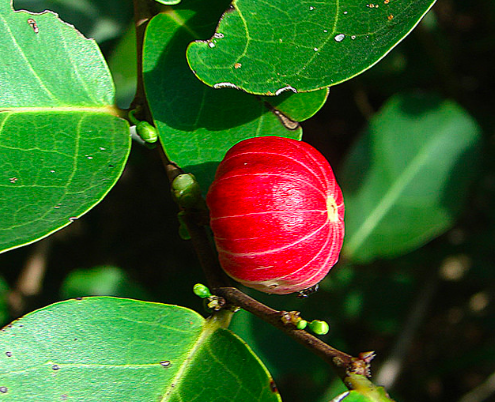New Scientist
Image: Dick Culbert
Visit a forest in south-east China, say, in mid-March and you might catch one of the more unusual sights in the natural world. The ripe fruit of one species of tree burst open at that time each year – and fully developed moths fly out.
Leafflower moths have a special relationship with leafflower trees, of the genus Glochidion. The trees produce male and female flowers in April and May. Most insects overlook them by day, perhaps because they don’t produce nectar.
At night, though, the flowers release a perfume that is irresistible to leafflower moths. Females flock to the trees and perform a very specific routine. First, they visit the male flowers, where they carefully collect pollen on their proboscis. Then they head to a female flower, using the pollen to fertilise the bloom. Pollination complete, they lay one egg in the flower.
A few months later, the egg hatches. By that time, the fertilised flower should have matured into a fruit, providing the larva with food – it eats two or three of the half-dozen seeds inside. Read more on newscientist.com…








